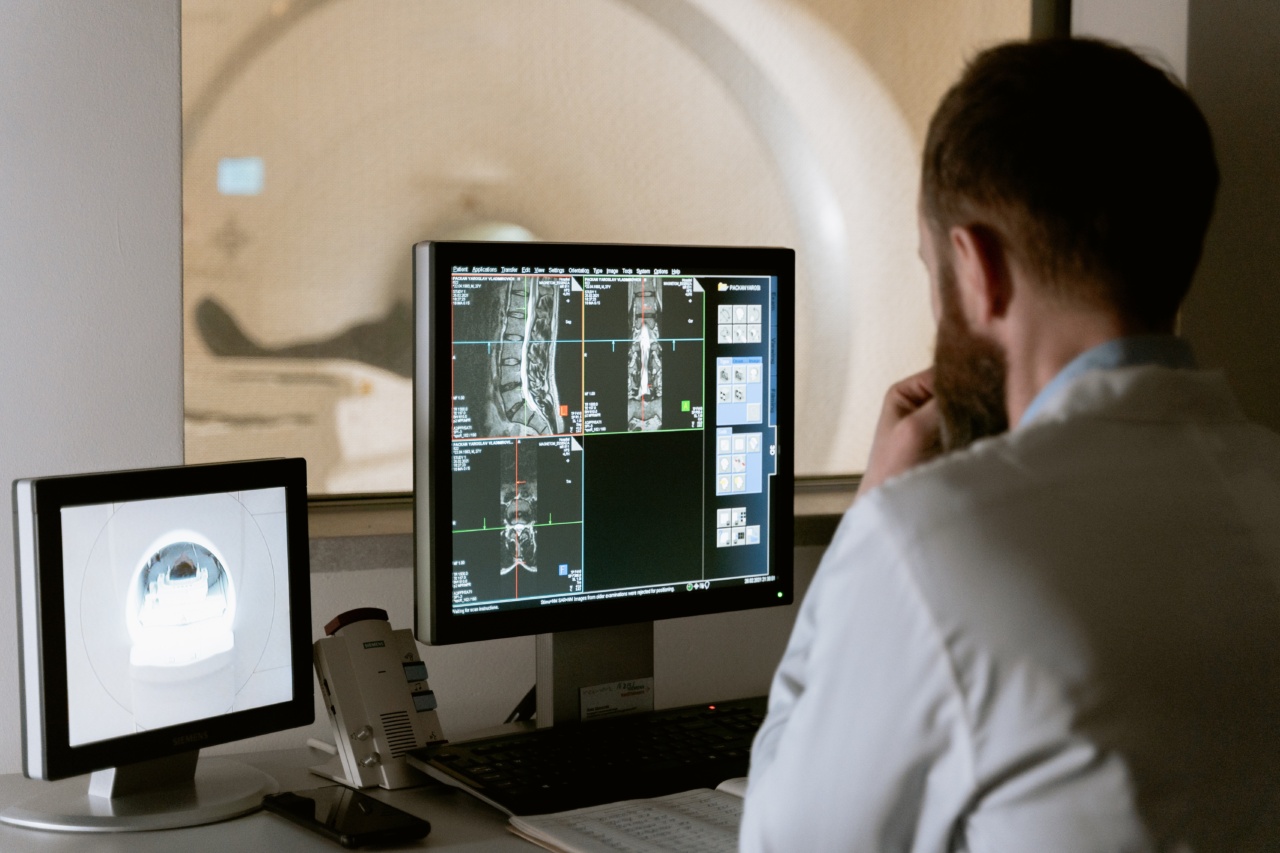Bone density is a measure of the strength of bones, and it is a crucial determinant of a person’s risk of developing osteoporosis, a condition that causes the bones to become brittle and fragile.
While osteoporosis can affect anyone, it is most common in older adults, especially women. Therefore, it is essential to identify individuals who are at high risk of osteoporosis and who need to get their bone density tested. The following are some of the groups of people who should undergo bone density testing:.
Women Over 50 Years of Age
Women over 50 years of age are at a higher risk of developing osteoporosis than younger women. This is because women lose bone density more rapidly after menopause, when the body produces less estrogen, a hormone that protects bones.
According to the National Osteoporosis Foundation, women over 50 should get their bone density tested to determine their risk of developing osteoporosis.
Men Over 70 Years of Age
While osteoporosis is more common in women than men, older men are also at risk of the disease. According to the International Osteoporosis Foundation, men over 70 years of age should get their bone density tested.
Men who have lower than average bone density or who have a history of fractures should consider getting tested earlier.
Individuals With a Family History of Osteoporosis
Osteoporosis may run in families, so individuals who have a family history of the disease may be at higher risk. For example, if one or both of your parents have osteoporosis, you may be more likely to develop the condition.
Therefore, if you have a family history of osteoporosis, you should consider getting a bone density test.
Individuals With a History of Fractures
A history of fractures, especially in the hip, spine, or wrist, may be a sign of weakened bones. Therefore, individuals who have had fractures, even if they occurred due to a minor injury, should consider getting their bone density tested.
Individuals Who Smoke or Consume Alcohol Excessively
Smoking and excessive alcohol consumption can weaken bones and increase the risk of fractures. Therefore, individuals who smoke or consume alcohol excessively should consider getting a bone density test.
According to the National Institute of Health, women who have more than one drink per day and men who have more than two drinks per day may be at a higher risk of osteoporosis.
Individuals With a Low Body Weight or BMI
Individuals who have a low body weight or body mass index (BMI) may be at a higher risk of osteoporosis. This is because thinner bones are more likely to break than thicker bones.
Therefore, if you have a low body weight or BMI, you may want to consider getting a bone density test.
Individuals With Certain Medical Conditions
Several medical conditions can increase the risk of osteoporosis, such as rheumatoid arthritis, hyperthyroidism, and inflammatory bowel disease.
Therefore, individuals with these conditions should consider getting a bone density test to determine their risk of developing the disease.
Individuals Who Take Certain Medications
Some medications can increase the risk of osteoporosis, such as corticosteroids, anticonvulsants, and some cancer treatments.
Therefore, individuals who take these medications for an extended period should consider getting a bone density test to determine their risk of developing osteoporosis.
Individuals Who Are Planning to Start Hormone Therapy
Hormone therapy is a treatment that uses hormones, such as estrogen and progesterone, to alleviate menopausal symptoms in women. However, hormone therapy can also affect bone density and increase the risk of osteoporosis.
Therefore, women who are planning to start hormone therapy should consider getting a bone density test to determine their risk of developing the disease.
Individuals Who Have Not Had a Bone Density Test in the Last Two Years
Finally, individuals who have not had a bone density test in the last two years should consider getting tested, especially if they are in one of the high-risk groups mentioned above.
Bone density can change over time, so regular testing is essential to detect any changes early and prevent fractures.
Conclusion
Bone density testing is a crucial tool for assessing a person’s risk of developing osteoporosis and evaluating the effectiveness of treatment.
While several groups of people are at high risk of osteoporosis and should consider getting a bone density test, it is essential to consult a healthcare provider to determine whether testing is necessary for your specific situation.






























